A skin rash occurs when skin becomes red, inflamed, and bumpy. Some skin rashes are dry and itchy.
Skin rashes can have causes that aren't due to underlying disease. Examples include hot and humid weather, excess sun exposure, or scratchy clothes that don't fit.
Fever
Tiredness
Loss of appetite
Headache
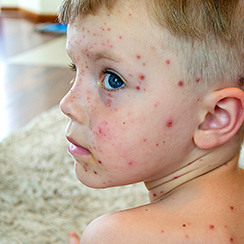
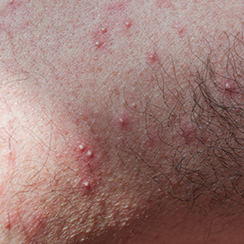
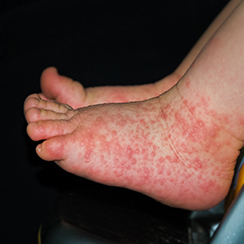
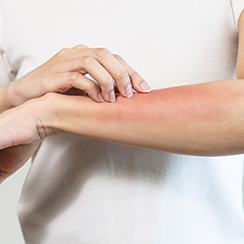
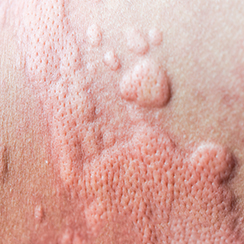
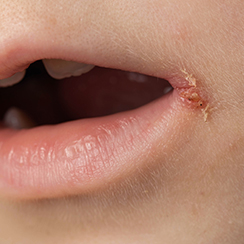
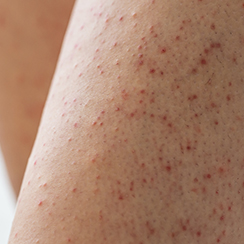
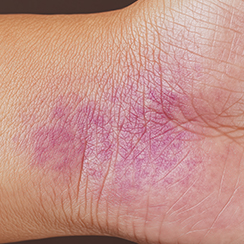
If you have a butterfly rash, lupus may be affecting more than your skin. A board-certified dermatologist can tell you.
A widespread rash on your back
A butterfly-shaped rash on your face
Thick, scaly patches on your face
Sores inside your mouth or nose
A flare-up on your skin that looks like a sunburn
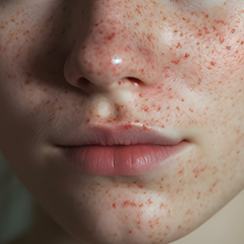
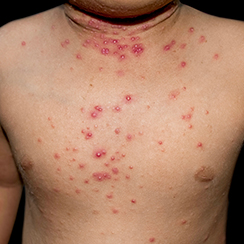
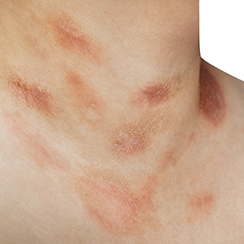
Athlete’s foot
Jock itch
Scalp ringworm
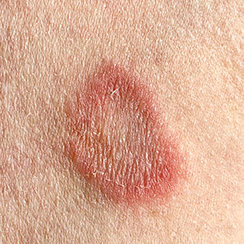
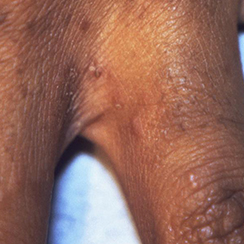
Pregnant women
Babies younger than 12 months
Anyone who is sick, especially with cancer or AIDS
Everyone who has not had chickenpox
Reduce your symptoms, such as pain
Lessen the amount of time you have shingles
Lower your risk of developing other health problems, such as a condition called postherpetic neuralgia, which is pain that can linger for months or years after the rash clears
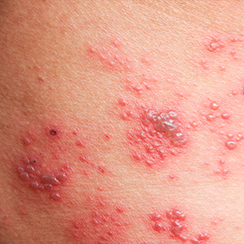
As you can see, there are many types of rashes and treatments. Contact Tieman Dermatology today. We can help.